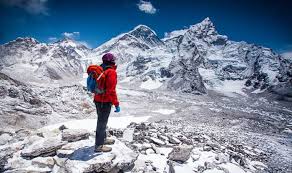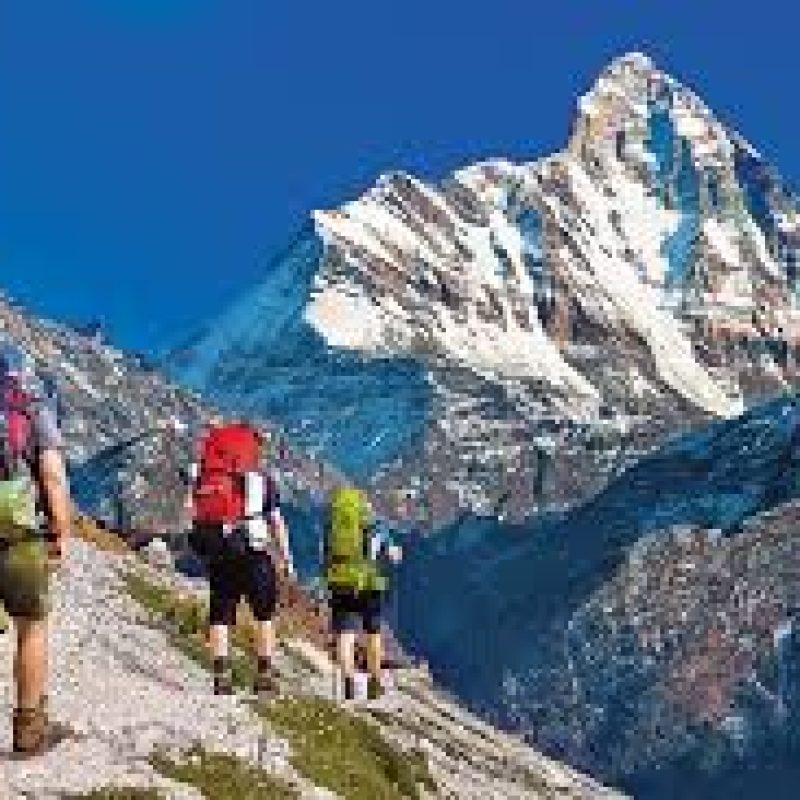Introduction
Tourism in a broader sense has existed for a long time in the Himalayas: in the form of
pilgrimage to Hindu sanctuaries that are located high up in the mountains. With the arrival of
the British in the 19th century, summer resorts, the so-called Hill Stations, were established.
Examples for these foundations are Darjeeling, Nainital, Mussoorie or Shimla. Nowadays, these
Hill Stations are most frequented by members of the Indian and Pakistani middle-class.
“Modern” tourism in the Himalayan region – activities such as trekking, mountain climbing,
sightseeing and winter sports – has been introduced only in the last few decades. These forms of
western mass tourism have a huge impact on the environment and on the local social structure.
This paper will explain the history of tourism in the Himalaya and discuss the effects of modern
mass tourism on the local society and environment and possible enhancements towards a
sustainable tourism in this region.
History of tourism in the Himalayas
Tourism in the Himalayas, seen from a historical viewpoint, can be divided into three
distinct phases or categories: the religious pilgrimages, the British hill stations of the 19th century
and the modern mass tourism of the 20th century.

